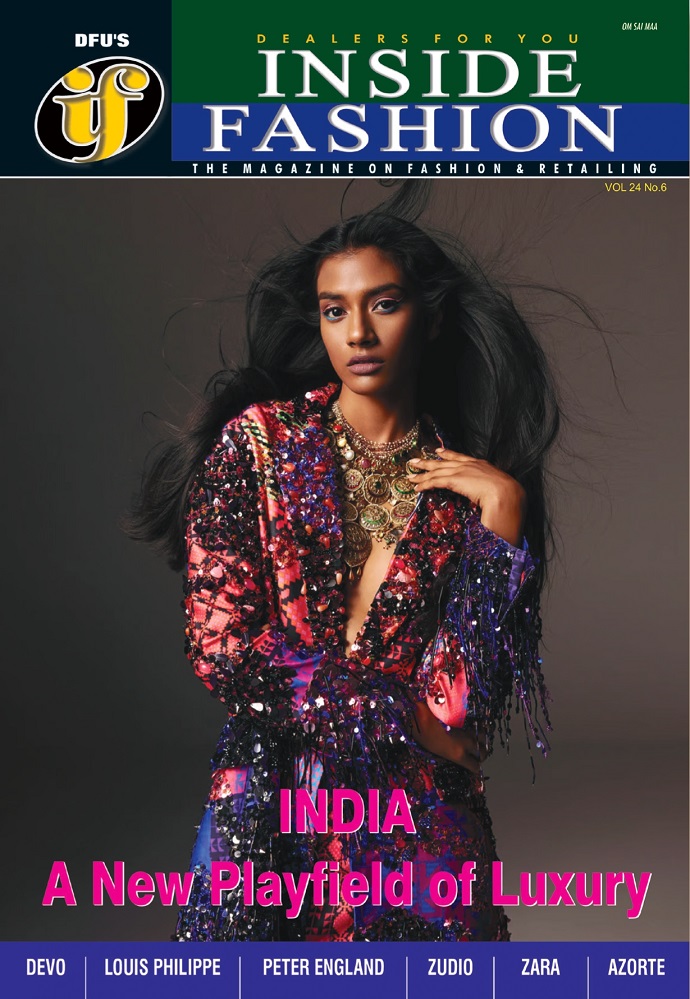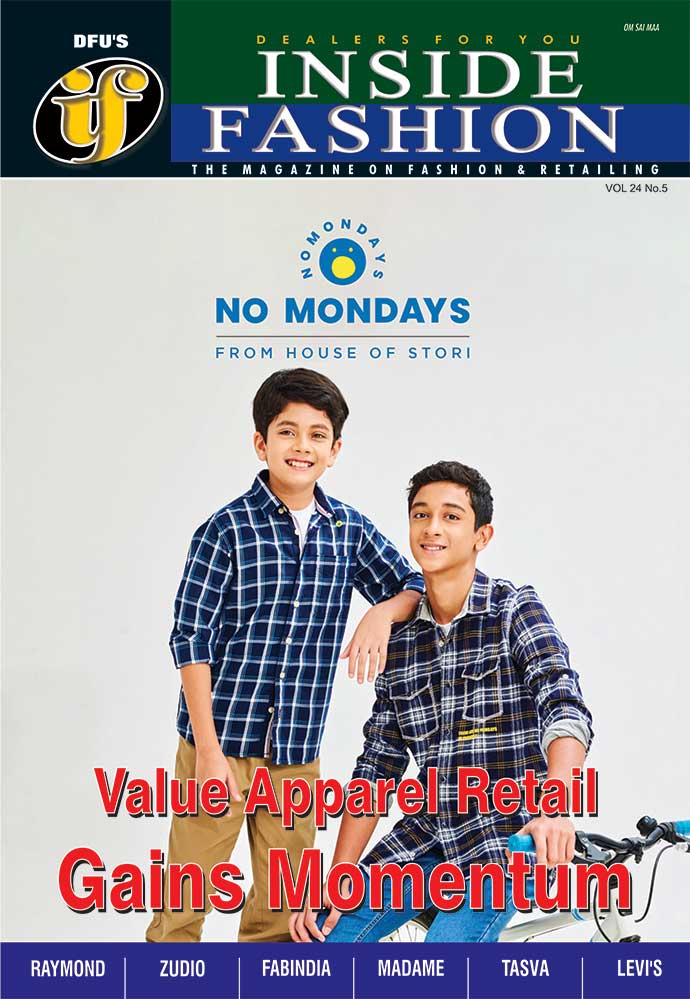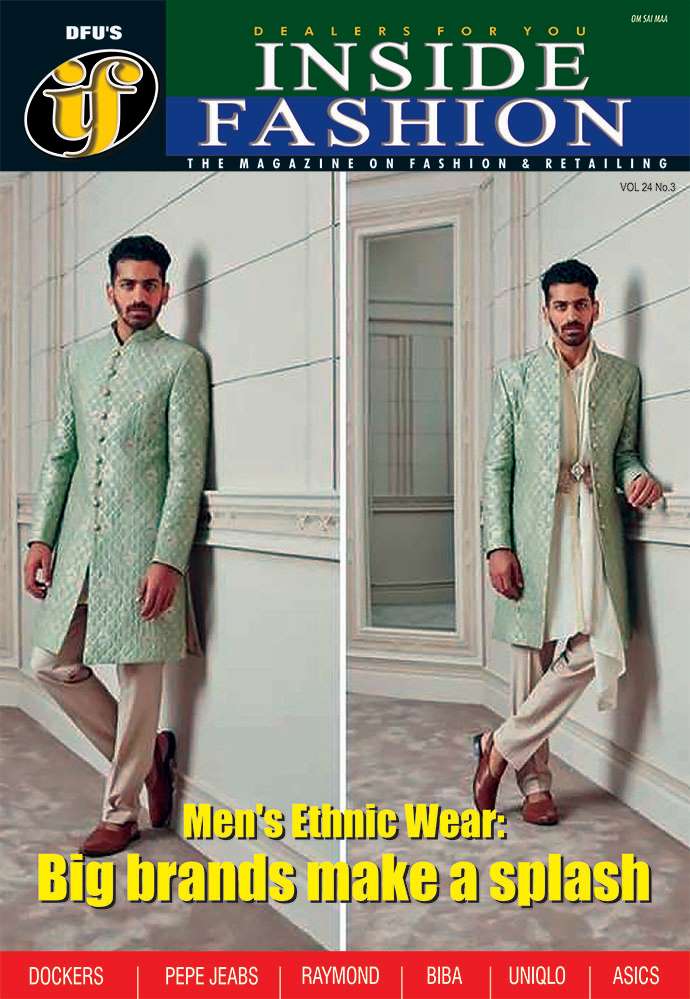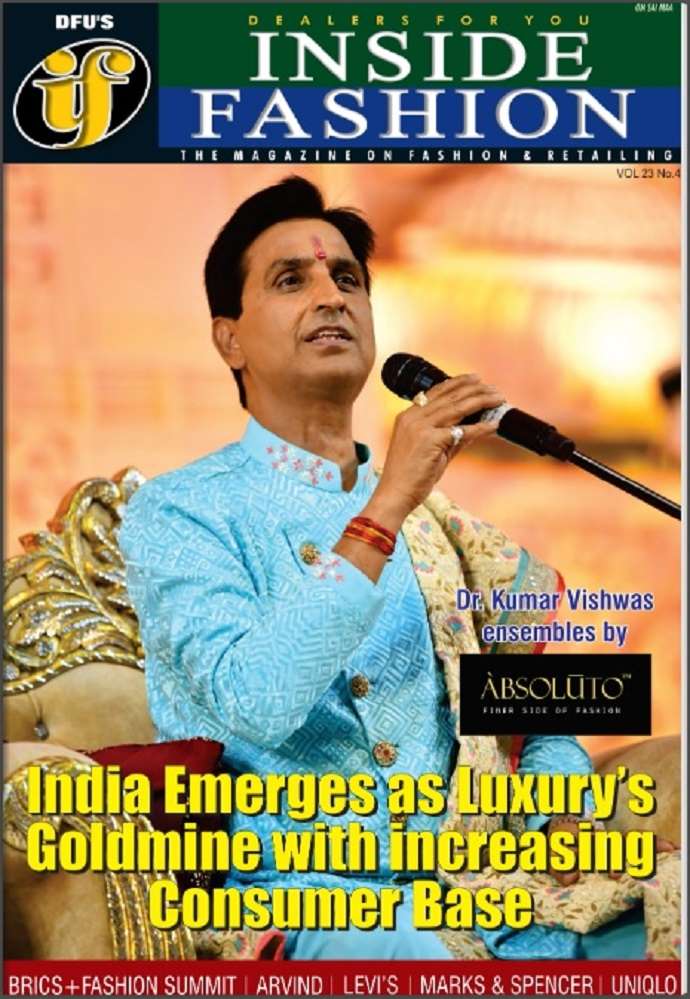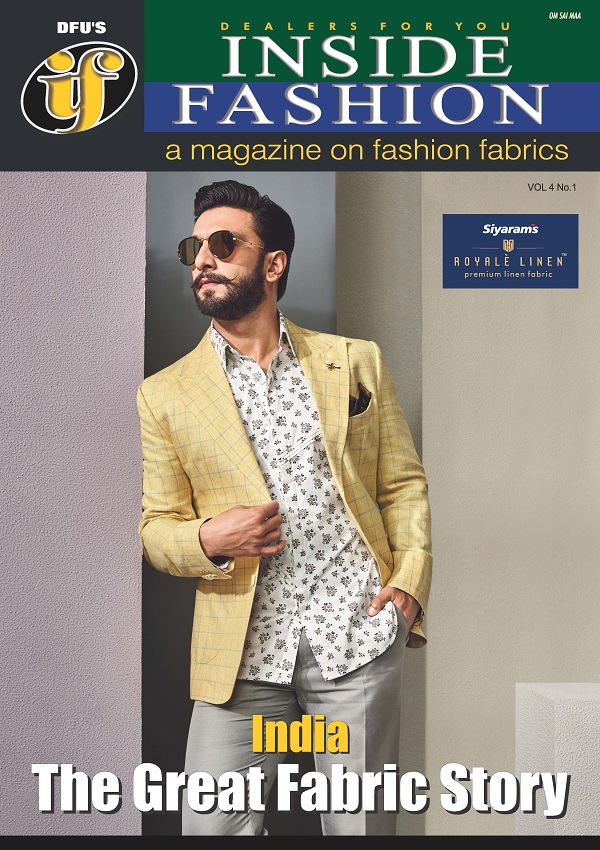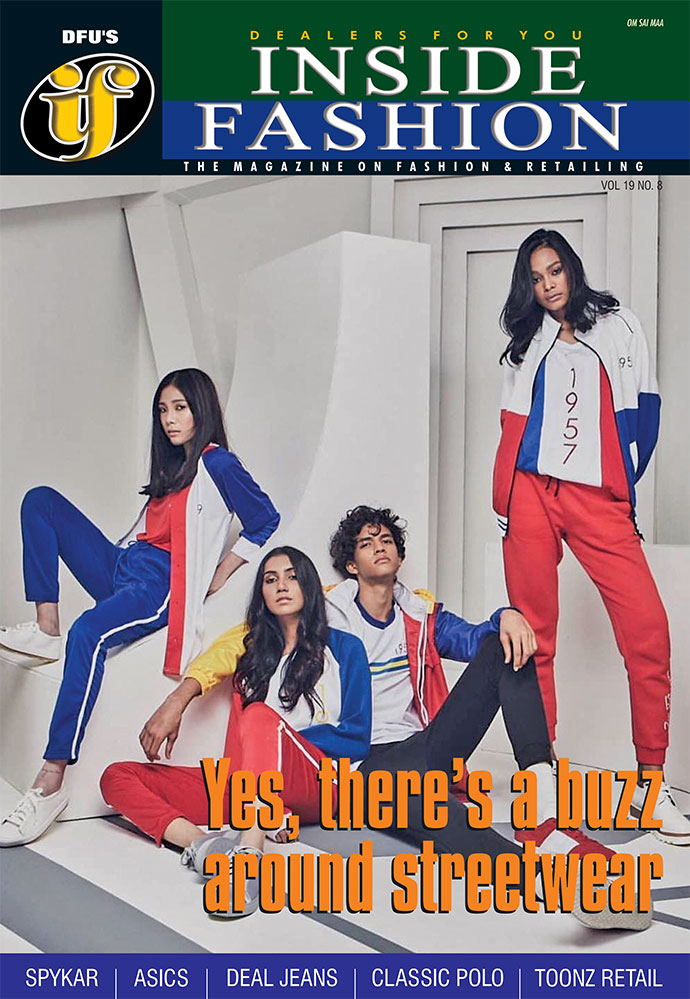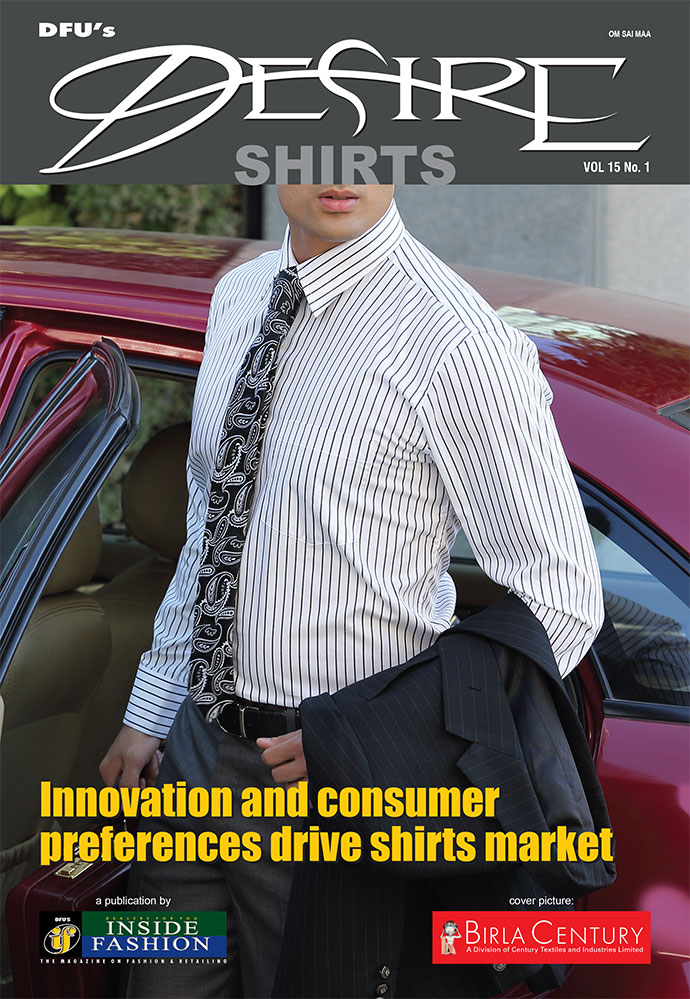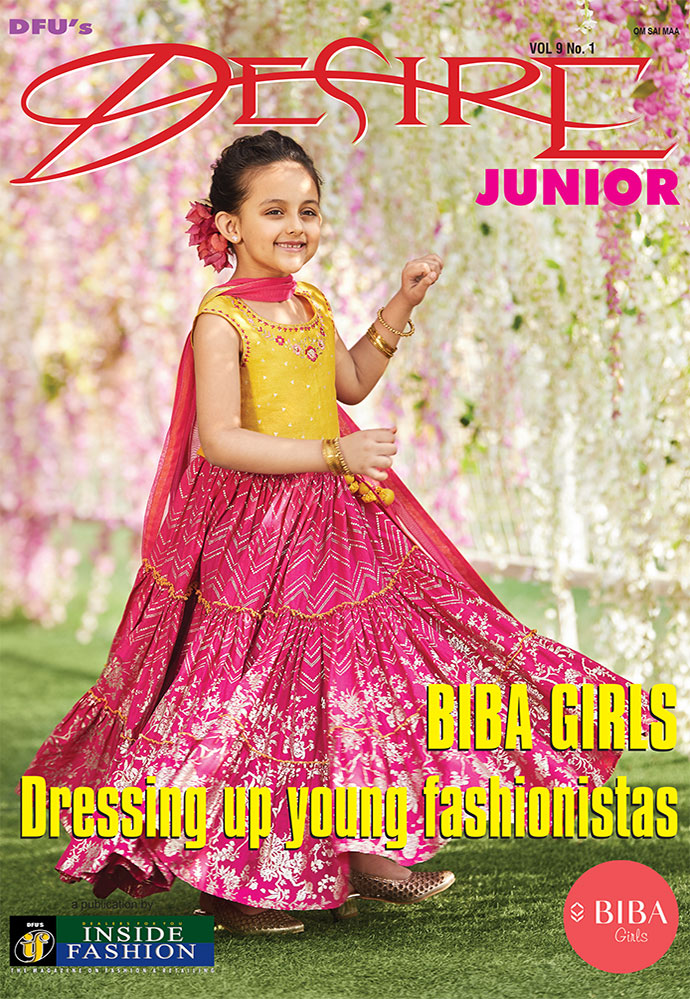28 February 2025, Mumbai
Expert observation on the discerning Indian men’s buying pattern reveals a consistently distinct purchasing behavior. Unlike the frequent, smaller transactions typical of other consumer segments, men tend to engage in less frequent, but significantly higher-value purchases.
This characteristic shopping rhythm suggests a strategic approach to spending, where purchases are often planned and consolidated into larger, less frequent events. This behavior necessitates retail strategies that cater to these concentrated buying periods, maximizing the potential of each transaction.
The wedding wear phenomenon
The Indian wedding market is a unique and highly lucrative segment within men's fashion. Here, men demonstrate a keen eye for style and a willingness to invest in high-quality attire.
This segment showcases a sophisticated understanding of fashion and a desire for premium products, particularly during significant life events. The contrast between this high-engagement, high-investment segment and everyday apparel purchases highlights the situational nature of men's fashion consumption.
Everyday apparel, navigating the challenges
While men excel in curating elaborate wedding ensembles, the realm of everyday apparel presents a different set of challenges. Observations suggest a degree of hesitation in embracing diverse styles and colors beyond the conventional.
This preference for established norms and muted palettes indicates a potential gap in the market for retailers who can effectively bridge the divide between traditional expectations and contemporary fashion trends. This segment requires a deeper understanding of the factors that influence men's daily fashion choices.
Understanding the underlying factors
Several factors contribute to these behaviors. Time constraints, perceived value, and social expectations all likely play a role. Men may prioritize efficiency in their shopping, opting for consolidated purchases to minimize time spent.
The perceived value of an item, particularly in relation to its intended use, also influences purchasing decisions.
Social expectations and cultural norms further shape men's fashion choices, particularly in everyday contexts.
Strategic implications
To effectively cater to the Indian male consumer, retailers must adopt a nuanced approach. Strategies should be tailored to the specific context of the purchase, whether it's a wedding or everyday wear. Retailers need to explore ways to expand the male consumers fashion comfort zone.
This could include targeted marketing campaigns that showcase diverse styles in relatable contexts, or in-store experiences that encourage experimentation. Furthermore, understanding and addressing the underlying factors that influence men's purchasing decisions is crucial for building long-term engagement.






